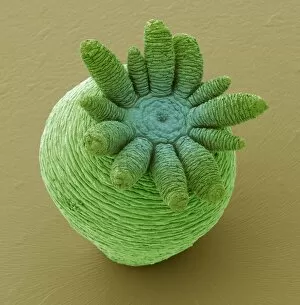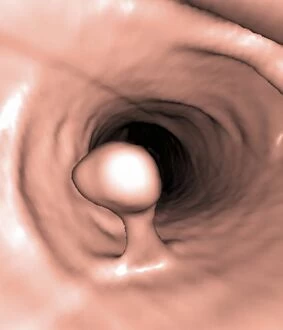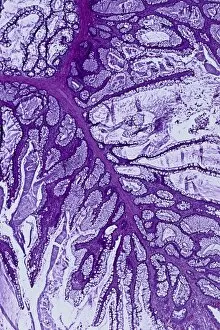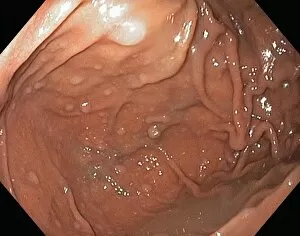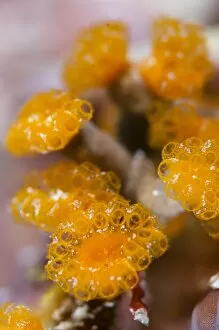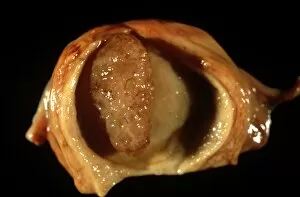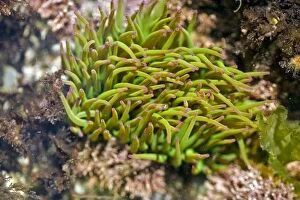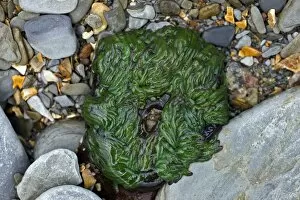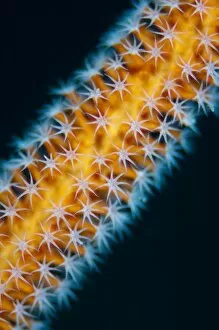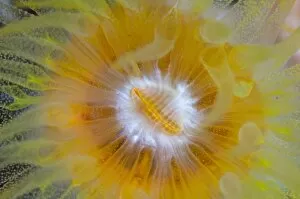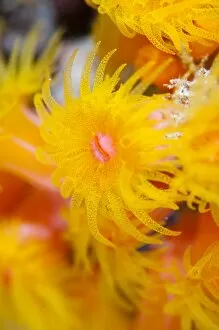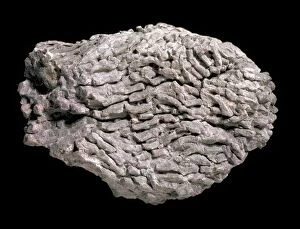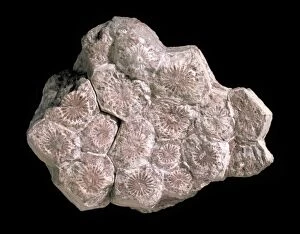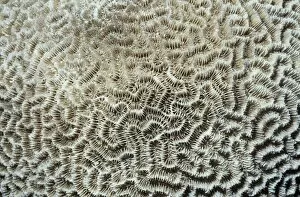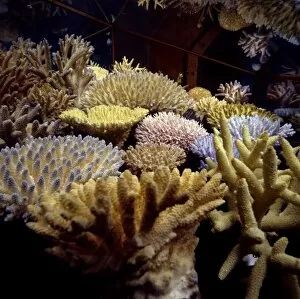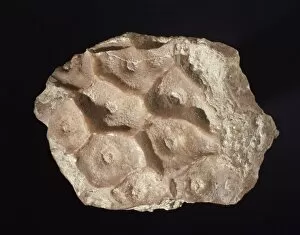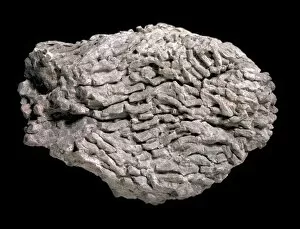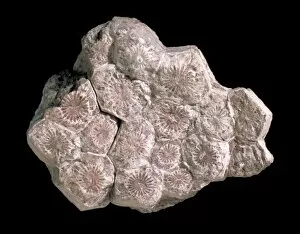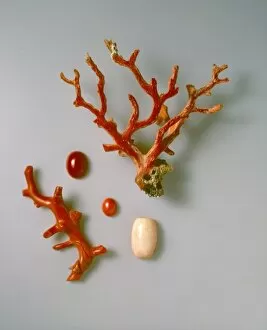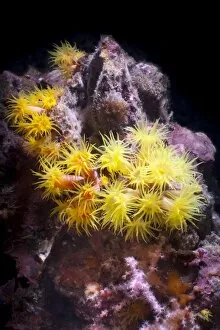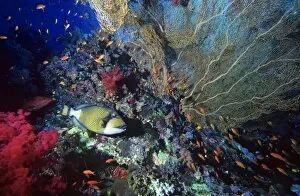Polyp Collection (#10)
"Exploring the Intricate World of Polyps: From Coral Feeding Frenzies to Stunning Gorgonian Fans" Picture No
For sale as Licensed Images
Choose your image, Select your licence and Download the media
"Exploring the Intricate World of Polyps: From Coral Feeding Frenzies to Stunning Gorgonian Fans" Picture No. 11676238: Witness the mesmerizing beauty of a coral polyp at night, as it delicately feeds on a polychaete worm. These carnivorous creatures are known for their ability to capture and consume other animals, showcasing nature's fascinating predator-prey dynamics. Nighttime Feast on Heron Island: Immerse yourself in the vibrant ecosystem of the Great Barrier Reef as a coral polyp indulges in its nocturnal meal, this time feasting on a fish. The reef comes alive after dark with these captivating feeding events. Battle for Survival: In an intense display of competition, two coral polyps engage in a fierce struggle over a small fish during the nighttime hours off Heron Island. Witness firsthand how even seemingly stationary organisms can exhibit remarkable aggression when resources are scarce. Enchanting Polyps on Gorgonian Fan Coral: Journey to West Papua, Indonesia, where stunning gorgonian fan corals serve as home to numerous polyps thriving amidst their intricate branches and colorful hues. A Close-Up Encounter with Purple Short Tentacle Mushroom Coral: Dive into Lembeh Strait's underwater wonderland and marvel at the close-up view of purple short tentacle mushroom coral (Fungia sp. ) polyps that adorn its surface like delicate flowers. Unveiling Nature's Artistry with Dead-man's Finger Coral: Explore Levenwick in Shetland, Scotland, where you'll discover the enchanting dead-man's finger (Alcyonium digitatum). Observe its feeding polyps up close and appreciate their role within this unique marine ecosystem found in North Atlantic Ocean waters. Diverse Marine Life Interactions.







